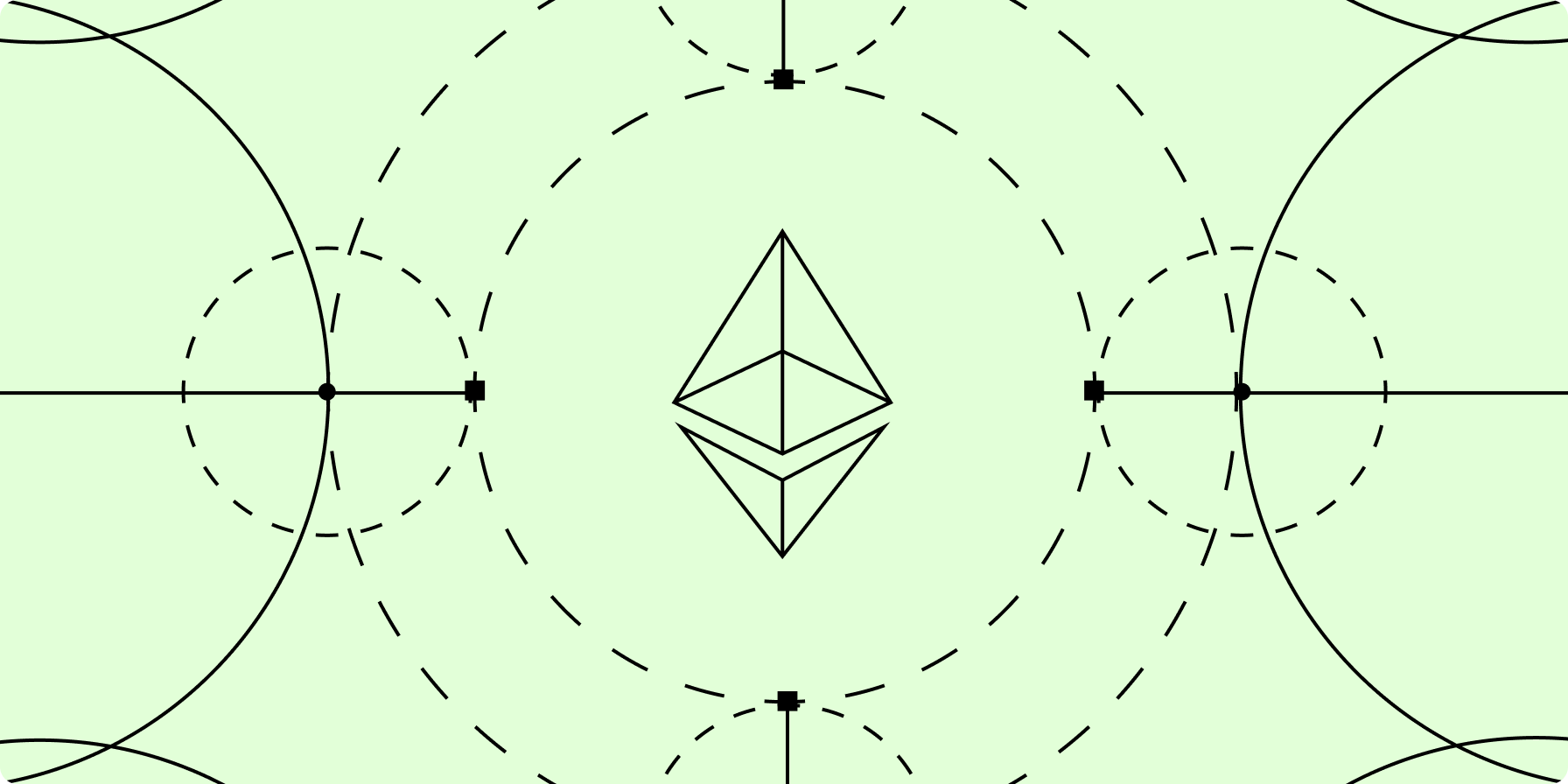Ethereum All Core Developers Consensus Call #128 Writeup

On February 22, 2024, Ethereum developers gathered over Zoom for All Core Developers Consensus (ACDC) call #128. Chaired by Ethereum Foundation Researcher Danny Ryan, the ACDC calls are a bi-weekly meeting series where developers discuss and coordinate changes to the consensus layer (CL) of Ethereum. This week, developers agreed to start working on the Electra upgrade. For now, the three Ethereum Improvement Proposals (EIPs) that developers have agreed to include in the upgrade are:
EIP 6110, Supply validator deposits on chain
EIP 7002, Execution layer triggerable exits
EIP 7549, Move committee index outside attestation
Separately, developers will also work on proof of concepts for EIP 7547, inclusion lists, over the next few weeks. If developers find that the code changes for EIP 7547 are easy enough to implement and test such that their inclusion in Electra would not delay the implementation of the three EIPs listed above, developers agreed to then tack on inclusion lists as the fourth EIP in Electra. Developers also reaffirmed their intention to keep Electra a “small fork,” meaning an upgrade that can be ready for activation on Ethereum mainnet sometime before the end of this year.
Dencun Launch Preparations
All Ethereum clients except the Lodestar (CL) client have released the final versions of their software for the Dencun upgrade. The Ethereum Foundation (EF) Developers Operations (DevOps) team is using these final client versions and Lodestar’s Dencun-ready candidate version for testing the upgrade on one last dedicated test network (testnet). EF DevOps Engineer Parithosh Jayanthi said that the final mainnet shadow fork, which is a type of testnet that mirrors the activity of Ethereum mainnet, for Dencun went live today on Thursday, February 22. So far, Jayanthi said that client releases appear stable and there are no issues on the network to report.
The DevOps team will conduct further tests on the shadow fork in the coming days. Assuming the team finds no major issues with the upgrade or client releases, the EF will release an official blog post announcing the mainnet date for the Dencun upgrade next Monday or Tuesday, February 26 or 27. Developers agreed on a prior call that the mainnet activation date for Dencun will be March 13, 2024. The Flashbots team also intends on sharing a new release for MEV-Boost software, which is a software that validators run to earn MEV on Ethereum, that is Dencun-ready by early next week.
Electra EIP Discussion
Danny Ryan shared a summary of Electra EIP discussions thus far. He mentioned that development work on both Peer Data Availability Sampling, PeerDAS, and enshrined proposer builder separation (ePBS) can be parallelized with preparations for Electra. Given that they are both high priority research and development initiatives that client teams have expressed interest in working on, Ryan said that teams should dedicate resources to keep working on them alongside Electra, but not necessarily for inclusion in the Electra upgrade. Both code changes require more research before developers can be confident about their readiness for implementation in Electra or an upgrade thereafter.
On the topic of inclusion lists, Ryan said that the code change was “less complex” than many developers, including himself, expected. However, there are still outstanding questions and unknowns about the code changes that he would like to see figured out before inclusion lists are included in Electra. To this end, developers agreed to work on an “inclusion list proof of concept speed run” in the next few weeks to assess its readiness more accurately for Electra.
Finally, Ryan gave an overview about his thoughts on the maximum effective balance (MaxEB) change, which is a code change that would allow validators to earn yield on balances of staked ETH higher than 32 ETH. “I think there’s a lot of agreement that [MaxEB] is very valuable and important. I think there’s enough concern around its complexity in the context of the current fork that it’s not currently being pushed actively and likely, unless it gets rekindled very soon, we put it on ice for now,” said Ryan. There was some push back from developers on these sentiments. Lighthouse’s “Dapplion” did not agree that MaxEB was a complex code change. However, for now, developers on the call agreed to move forward with a narrow scope for the Electra upgrade, only including the three EIPs that were agreed on during ACDC #126 and investigating the upgrade readiness of inclusion lists.
Issuance Curve Adjustment Proposal
EF Researcher Ansgar Dietrichs presented one other potential proposal for Electra related to staking rewards. Because of the ease through which ETH holders can stake on Ethereum through liquid staking providers like Lido, demand for staking has increased dramatically over the past few years. Over one quarter of total ETH supply is staked and this share is likely to grow higher. Dietrichs and his colleague Caspar Schwarz-Schilling argue in their proposal that a high staking ratio leads to several negative externalities for the Ethereum protocol including but not limited to increased peer to peer networking load, unnecessary dilution of ETH value, and overreliance on third-party, smart contract protocols like Lido for network security.
Essentially, the proposal explains how the current issuance schedule of ETH is higher than needed, meaning that Ethereum is overpaying for security. The proposal recommends a 30% reduction in issuance rewards. Founder of Lido Vasiliy Shapovalov expressed concerns about the proposal, saying that developers should conduct further research on how a cut to staking profitability would impact validator node operators. Dietrichs agreed that further discussion was needed on the proposal and highlighted that the nature of the change, while contentious socially, would be extremely easy to implement technically. “We just wanted to basically start the conversation here, because the technical side of this is trivial,” said Dietrichs. “I think this could be added to Electra basically up to the last moment when we still have Electra open to small change and we should definitely take the time for this decision until then. This is not something where we should rush an include or not include decision anytime soon.”
Light Client Roadmap for Electra
Nimbus developer Etan Kissling presented his thoughts on how SSZ-related EIPs for Electra fit in with light client development on Ethereum. SSZ is a serialization method used by the CL for storing and transmitting data about validator activities. There are a few EIPs authored by Kissling related to updating the serialization formats of the execution layer (EL) to SSZ for greater compatibility between the EL and CL and for supporting light client development. Light client development is an effort to build nodes that can verify the Ethereum blockchain with minimal computational resources.
In his proposal, Kissling outlines the most important data structures that could be updated with an SSZ wrapper in the Electra upgrade. Danny Ryan encouraged client teams on the call to review Kissling’s proposal and provide feedback.
Legal Disclosure:
This document, and the information contained herein, has been provided to you by Galaxy Digital Holdings LP and its affiliates (“Galaxy Digital”) solely for informational purposes. This document may not be reproduced or redistributed in whole or in part, in any format, without the express written approval of Galaxy Digital. Neither the information, nor any opinion contained in this document, constitutes an offer to buy or sell, or a solicitation of an offer to buy or sell, any advisory services, securities, futures, options or other financial instruments or to participate in any advisory services or trading strategy. Nothing contained in this document constitutes investment, legal or tax advice or is an endorsement of any of the stablecoins mentioned herein. You should make your own investigations and evaluations of the information herein. Any decisions based on information contained in this document are the sole responsibility of the reader. Certain statements in this document reflect Galaxy Digital’s views, estimates, opinions or predictions (which may be based on proprietary models and assumptions, including, in particular, Galaxy Digital’s views on the current and future market for certain digital assets), and there is no guarantee that these views, estimates, opinions or predictions are currently accurate or that they will be ultimately realized. To the extent these assumptions or models are not correct or circumstances change, the actual performance may vary substantially from, and be less than, the estimates included herein. None of Galaxy Digital nor any of its affiliates, shareholders, partners, members, directors, officers, management, employees or representatives makes any representation or warranty, express or implied, as to the accuracy or completeness of any of the information or any other information (whether communicated in written or oral form) transmitted or made available to you. Each of the aforementioned parties expressly disclaims any and all liability relating to or resulting from the use of this information. Certain information contained herein (including financial information) has been obtained from published and non-published sources. Such information has not been independently verified by Galaxy Digital and, Galaxy Digital, does not assume responsibility for the accuracy of such information. Affiliates of Galaxy Digital may have owned, hedged and sold or may own, hedge and sell investments in some of the digital assets and protocols discussed in this document. Except where otherwise indicated, the information in this document is based on matters as they exist as of the date of preparation and not as of any future date, and will not be updated or otherwise revised to reflect information that subsequently becomes available, or circumstances existing or changes occurring after the date hereof. This document provides links to other Websites that we think might be of interest to you. Please note that when you click on one of these links, you may be moving to a provider’s website that is not associated with Galaxy Digital. These linked sites and their providers are not controlled by us, and we are not responsible for the contents or the proper operation of any linked site. The inclusion of any link does not imply our endorsement or our adoption of the statements therein. We encourage you to read the terms of use and privacy statements of these linked sites as their policies may differ from ours. The foregoing does not constitute a “research report” as defined by FINRA Rule 2241 or a “debt research report” as defined by FINRA Rule 2242 and was not prepared by Galaxy Digital Partners LLC. For all inquiries, please email contact@galaxydigital.io. ©Copyright Galaxy Digital Holdings LP 2024. All rights reserved.



